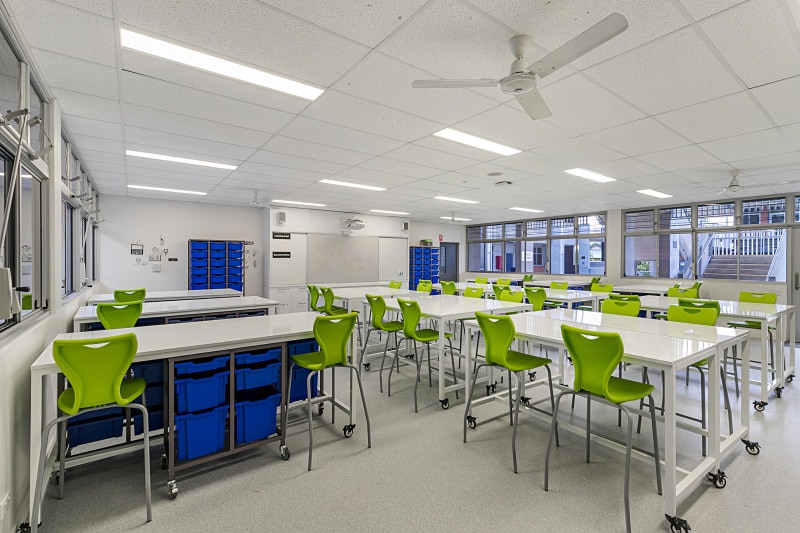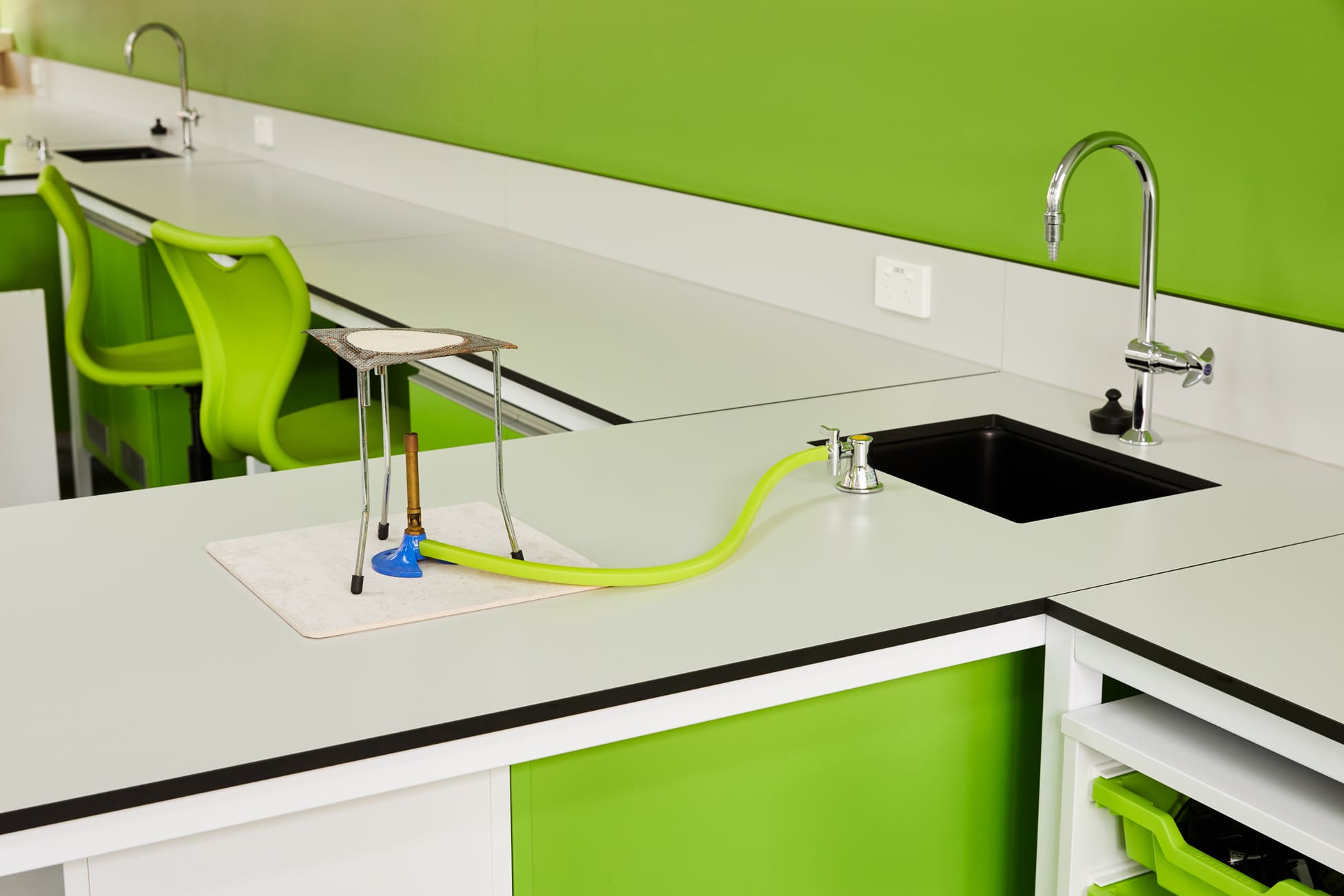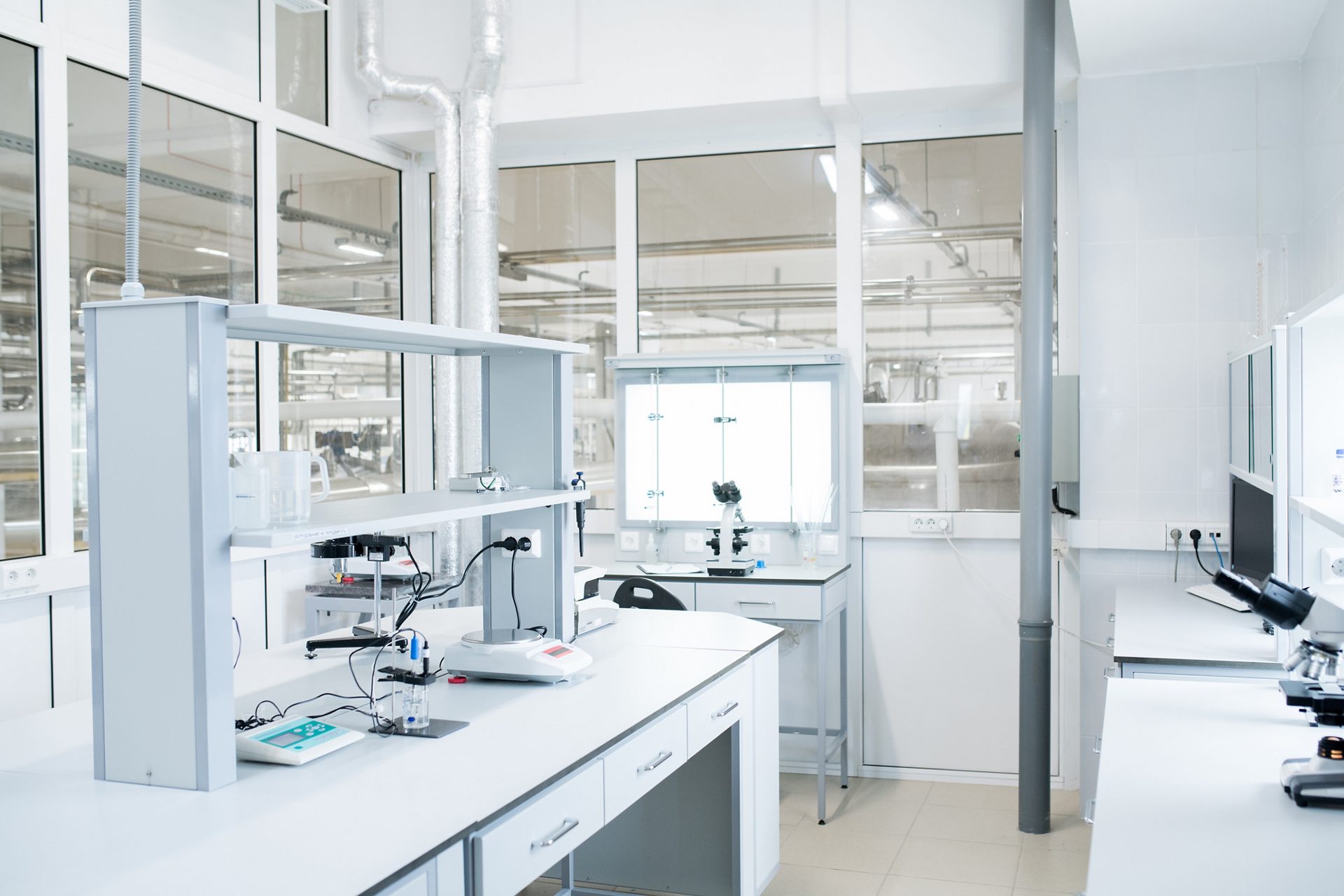In today’s educational landscape, the role of science education is more crucial than ever. With an increasing focus on STEM (Science, Technology, Engineering, and Mathematics) subjects, schools are looking for ways to inspire curiosity, creativity, and critical thinking in their students. One key factor in achieving this lies in the physical space where learning takes place—the science lab. Innovative design isn’t just about aesthetics; it plays a vital role in boosting student engagement, enhancing the learning experience, and equipping students for the challenges of the future.
So, what does an “innovative” science lab look like, and how can it transform student engagement? Let’s explore the key design elements that can make a world of difference in your school’s science facilities.
1. Flexible Layouts for Dynamic Learning
Gone are the days when science labs were rigid, with fixed furniture that limited how students could interact. Today’s best-designed science labs are flexible, with modular furniture and mobile workstations that can be easily reconfigured. This allows students to work in groups, pairs, or individually, depending on the task at hand. By creating a dynamic environment, you enable students to move freely, collaborate more effectively, and feel empowered in their learning.
Why it matters: Flexible layouts foster a sense of ownership in students over their space and work. It encourages teamwork, problem-solving, and the ability to adapt to changing scenarios—skills that are vital in both science and everyday life.
2. Technology Integration
Incorporating the latest technology into science lab design is no longer optional—it’s a must. Interactive whiteboards, smart sensors, and digital microscopes can open up new dimensions of learning. With the rise of blended learning and online resources, technology-enhanced labs allow students to engage with experiments and concepts in ways that are more immersive, detailed, and data-driven.
Why it matters: Integrating technology into the lab keeps students engaged with real-world applications. The use of digital tools not only prepares them for higher education and future careers in STEM but also helps them develop a deeper understanding of scientific processes through hands-on, tech-enabled experiences.
3. Hands-On Learning Stations
One of the most effective ways to engage students in science is by enabling them to participate directly in experiments. A well-designed lab should feature multiple hands-on learning stations, each tailored to different scientific disciplines such as biology, chemistry, or physics. These stations should be equipped with all the tools and materials necessary to allow students to dive right in.
Why it matters: Practical, hands-on learning has been proven to increase retention and understanding of complex concepts. When students are actively involved in the learning process, they gain confidence in their abilities and develop a deeper interest in scientific inquiry.
4. Collaboration Zones
While individual work is important, science is often about collaboration and problem-solving. Designing labs with dedicated collaboration zones allows students to come together, share ideas, and tackle experiments or challenges as a team. These zones should be comfortable and equipped with resources like writable walls or interactive displays where students can brainstorm and visualise concepts.
Why it matters: Collaboration is a critical skill in science, technology, and engineering. Providing spaces that encourage teamwork helps students become more engaged by learning from their peers, while also enhancing their communication and leadership abilities.
5. Natural Light and Open Spaces
The physical environment plays a large role in student engagement. Science labs that are bright, open, and well-ventilated create a more welcoming and stimulating learning environment. Natural light is particularly beneficial, as it can improve concentration and mood, helping students feel more alert and ready to engage with their lessons.
Why it matters: Studies have shown that students in well-lit, airy spaces tend to perform better academically and feel more positive about their learning environment. A well-designed lab with natural light can transform an ordinary classroom into an inspiring space for discovery.
6. Safe, Intuitive Design
Safety should never be compromised, but it should also never feel like an obstacle to engagement. A lab that incorporates intuitive, well-organised safety features—such as easily accessible eyewash stations, proper ventilation, and clear storage for hazardous materials—allows students to focus on learning rather than worrying about safety risks.
Why it matters: When students feel safe, they are more likely to take risks, experiment, and engage deeply with the subject matter. A lab designed with safety in mind encourages active participation while ensuring compliance with all safety standards.
How Innovative Lab Design Transforms Learning
Innovative science lab design isn’t just about aesthetics or creating a trendy space. It’s about fostering an environment where students feel empowered, curious, and excited to learn. Flexible spaces, hands-on stations, technology integration, and collaborative zones all contribute to an experience where students are not passive learners but active participants in their own education.
When students can experiment, explore, and engage in a well-designed lab, they develop not only a love for science but also critical thinking skills that will serve them throughout their education and future careers. This is why innovative design is such a key part of modern education—because it engages students on multiple levels, preparing them for the future.
The Westlab Spaces Approach
At Westlab Spaces, we understand the importance of creating science labs that inspire students and enhance learning outcomes. With experience delivering fit-outs for hundreds of Australian schools, our solutions are designed to be flexible, future-proof, and user-friendly. From modular furniture systems like Modulab Connect® to complete custom lab designs, we are committed to helping schools create spaces that foster curiosity and engagement, backed by a 10-15 year warranty.
If you’re ready to transform your science labs into spaces that truly inspire, contact Westlab Spaces today. Let’s create an environment where students are excited to learn and explore the world of science.











